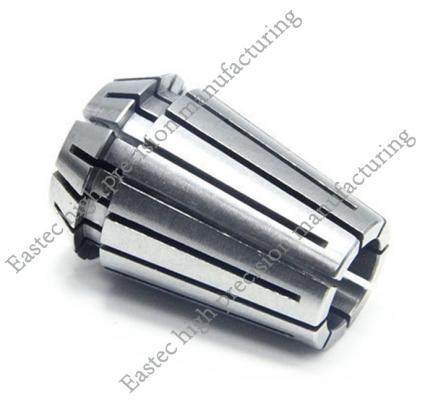I. Development Background of Fracture Mechanics
Traditional strength theories have significant limitations when dealing with engineering fracture problems. They typically regard materials as homogeneous and defect - free continua, without fully considering the cracks and defects actually existing within the materials. In practical engineering, the use of high - strength and ultra - high - strength materials, the large - scale of components, and the popularization of all - welded structures make it difficult for traditional theories to accurately predict the fracture behavior of materials. Many components experience sudden fractures at loads far below the yield force. Such accidents are unpredictable, and traditional theories often cannot handle them. To solve these problems, fracture mechanics emerged. It views materials as cracked bodies and studies fracture problems from a new perspective. Its birth is an inevitable result driven by the actual needs of engineering.
II. Research Scope of Fracture Mechanics
1. Mechanical Analysis of Cracked Bodies
Fracture mechanics considers materials as cracked bodies and focuses on analyzing the stress, strain, and strain - energy distribution at the crack tip. At the crack tip, the stress is highly concentrated, with values much higher than the average stress, which can cause local high - strain. Meanwhile, a large amount of strain energy accumulates near the crack tip, providing energy for crack propagation. The elastic - plastic theory plays a crucial role in this analysis. It can describe the non - linear mechanical behavior of the material at the crack tip, helping to determine the specific distribution of stress, strain, and strain energy, thus laying the foundation for subsequent research on crack propagation.
2. Determination of Crack Propagation Laws
Determining crack propagation laws requires considering various factors, such as stress levels, material properties, and crack sizes. Through experiments and theoretical analysis, the relationship between the crack propagation rate and these factors is established. For example, in the aerospace field, the crack propagation in aircraft wings is directly related to flight safety. By conducting crack propagation experiments on wing materials and determining the crack propagation laws, the service life of the wings can be predicted in advance, and timely maintenance and replacement can be carried out to avoid catastrophic accidents. Therefore, accurately determining crack propagation laws is crucial for ensuring the safety of engineering structures.
3. Establishment of Fracture Toughness
Fracture toughness is an important mechanical parameter that measures a material's ability to resist crack propagation. It reflects the property that a material, even with cracks, can still maintain a certain load - bearing capacity without undergoing unstable fracture. The higher the fracture toughness of a material, the stronger its crack - resistance ability. In practical engineering, fracture toughness can be used to evaluate the applicability of materials and the safety of structures. The determination of a material's fracture toughness usually adopts standard testing methods, such as the three - point bending test and the compact tension test, to obtain the fracture toughness data of the material.
III. Practical Applications of Fracture Mechanics
1. Safety Assessment of Engineering Structures
In bridge engineering, fracture mechanics plays an important role. After long - term use, cracks may appear in the piers of a large - scale bridge. By applying fracture mechanics, the stress and strain at the crack tip are analyzed, the crack propagation laws and fracture toughness are determined, and the safety of the bridge structure is evaluated. Based on the evaluation results, maintenance and reinforcement plans are formulated to ensure the normal use of the bridge and avoid safety accidents.
2. Optimization of Material Properties
Fracture mechanics provides a direction for the optimization of material properties. By studying crack propagation laws and fracture toughness, the composition and microstructure of materials can be adjusted. For example, in steel production, alloying elements are added reasonably, and the grains are refined to improve the material's crack - propagation resistance and fracture toughness, thereby enhancing the overall crack - resistance performance of the material and meeting the quality requirements of engineering for materials.





 Customer service 1
Customer service 1  Customer service 2
Customer service 2